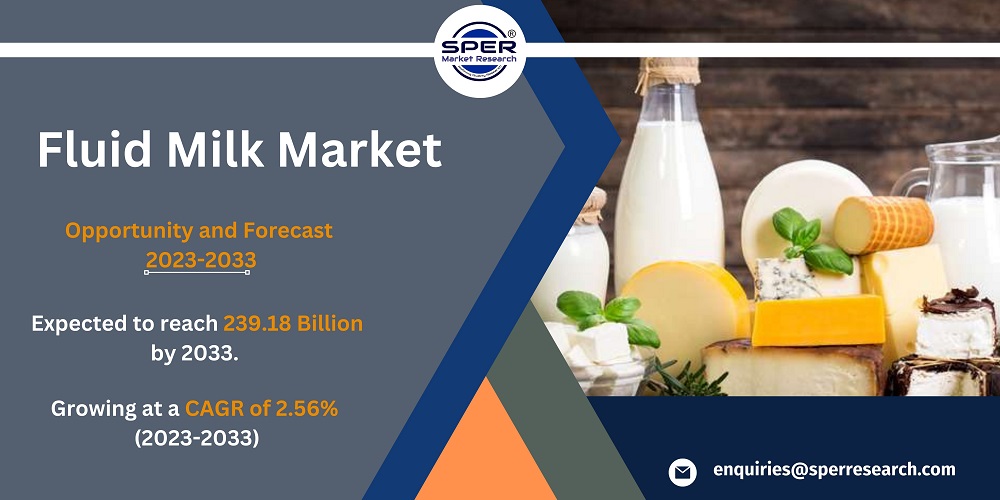The Europe frozen food market offers a diverse range of products that cater to individuals’ need for convenient and hygienic food options. This market encompasses a variety of frozen food items, including ready-to-eat meals, frozen fruits and vegetables, meat and fish, desserts, and snacks. Similar to personal care and beauty products, frozen food has become an integral part of people’s daily lives, providing quick and easy meal solutions while ensuring food safety and quality. Regardless of age and dietary preferences, the Europe frozen market offers a wide selection of frozen food options that cater to the diverse needs of consumers.
According to SPER Market Research, ‘Europe Frozen Food Market Size– By Product, By Type, By End Use – Regional Outlook, Competitive Strategies and Segment Forecast to 2033’ state that the Europe Frozen Food Market is predicted to reach USD 94.20 billion by 2033 with a CAGR of 3.03%.
The Europe frozen food market is experiencing a significant growth trajectory, driven by several key factors. One of the primary drivers is the increasing demand for convenient and time-saving food options among consumers. The busy modern lifestyle and the need for quick meal solutions have propelled the popularity of frozen ready-to-eat and ready-to-cook meals. Furthermore, the growing trend of health-consciousness and changing dietary preferences have fuelled the demand for frozen fruits and vegetables, as well as vegetarian and vegan frozen food options. The expanding retail infrastructure, including supermarkets, hypermarkets, and online channels, further support the market’s growth by enhancing accessibility and product availability for consumers. Overall, these factors contribute to the promising growth prospects of the Europe frozen food market.
The Europe frozen food market also faces various challenges that impact its growth and competitiveness. One significant challenge is the presence of intense competition among companies offering similar frozen food products. This creates a need for companies to differentiate themselves and develop unique value propositions to attract and retain customers in a crowded market. Additionally, the industry is influenced by evolving consumer preferences and trends, particularly regarding health and wellness. Consumers are increasingly seeking frozen food options that align with their dietary requirements, such as vegetarian, vegan, gluten-free, or organic alternatives. Companies must stay ahead of these shifting preferences and adapt their product offerings accordingly to remain competitive and capture market share.
Request For Free Sample Report @ https://www.sperresearch.com/report-store/europe-frozen-food-market.aspx?sample=1
The COVID-19 pandemic has profoundly impacted the Europe frozen food market. One of the major effects has been a surge in demand for frozen food products as consumers adapted to the changing circumstances. With lockdowns and social distancing measures in place, more people turned to frozen food as a convenient and longer-lasting option for their meals. The increased focus on home cooking and stocking up on essential food items during the pandemic contributed to the heightened demand.
Furthermore, The Paris region holds a prominent position in the frozen food market in Europe, representing a significant share of the overall market. With its large and diverse population, including affluent consumers, it offers a lucrative opportunity for frozen food companies. Parisians’ discerning taste and inclination towards culinary trends make it a crucial region for market penetration. Other noteworthy regions in France for the frozen food market include the French Riviera, known for attracting affluent tourists and residents, and the southwest of France, where there is a strong demand for organic and natural frozen food product.
In addition, some of the market key players are FRoSTA AG, McCain Foods Limited, Nestle, Nomad Food Europe Limited, Nomad Food Europe Limited, Congelados Cientocino, S.L, Dr. August Oetker KG.
For More Information about this Report:-
Europe Frozen Food Market Demand
Related Reports:
Follow Us –
LinkedIn | Instagram | Facebook | Twitter
Contact Us:
Sara Lopes, Business Consultant — USA
SPER Market Research
+1–347–460–2899









